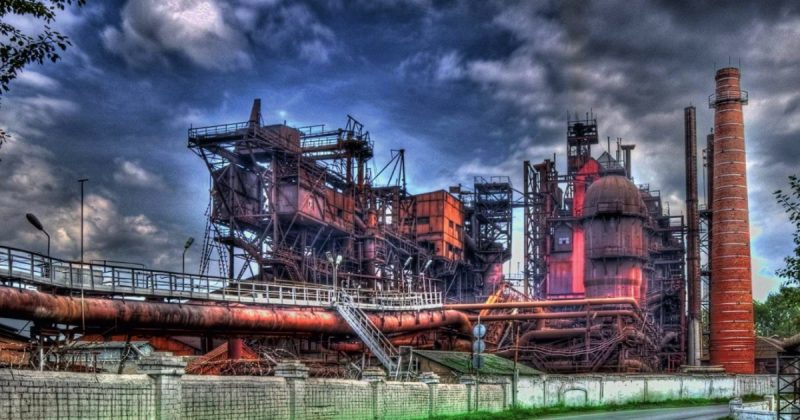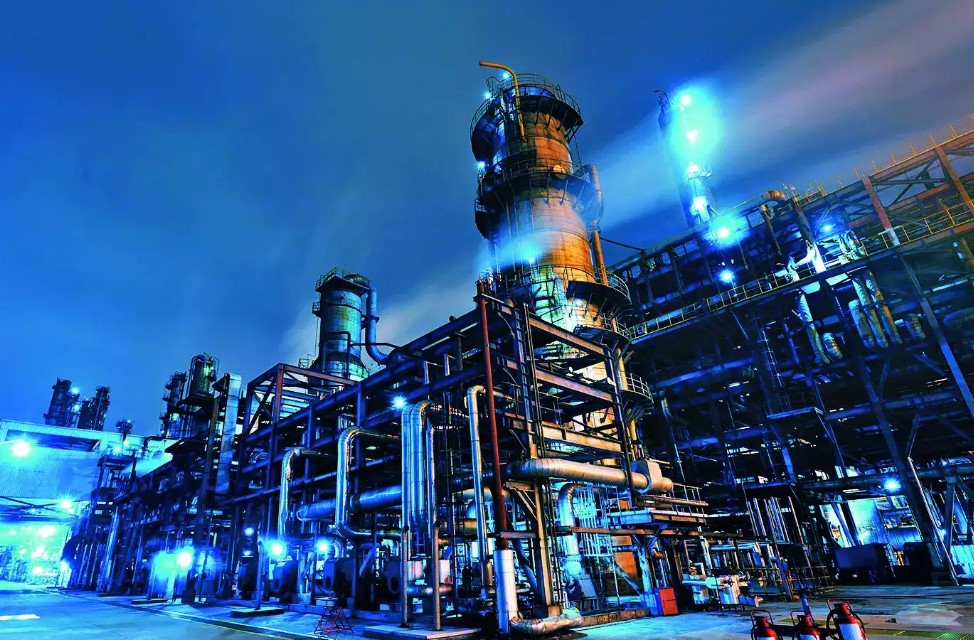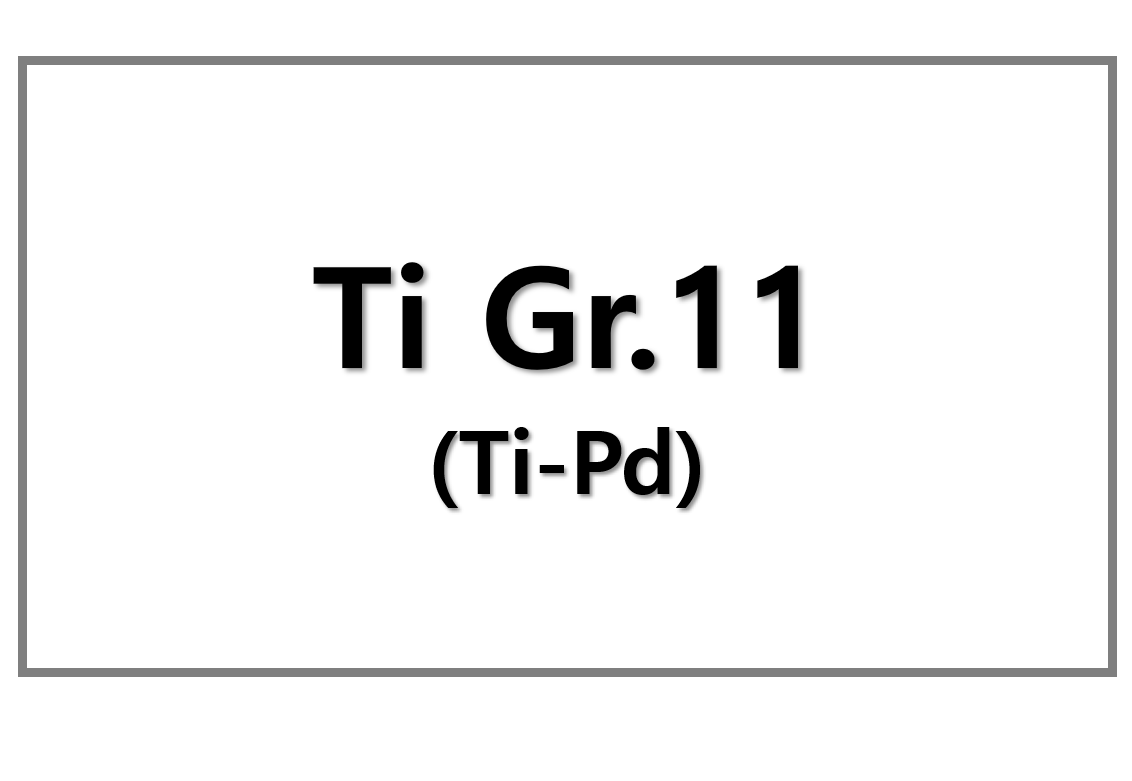
Challenges in UK Steel Industry Decarbonization
The UK steel industry faces significant hurdles in its decarbonization efforts, primarily due to ill-designed public policies. Despite the country’s shift toward zero CO2 emissions and renewable energy growth, major steel producers like Tata Steel UK and British Steel still rank among the top CO2 emitters. The costly transition from blast furnace-basic oxygen furnace (BF-BOF) to electric arc furnace (EAF) technology deters investments. Both companies face multi-billion-pound costs for EAF installations amid narrow profit margins and insufficient domestic market protection from cheap steel imports. Furthermore, electricity costs in the UK remain 60% higher than in Europe, making green steel production economically challenging.
How the UK Steel Industry Decarbonization Can Move Forward
The UK government has taken steps to support decarbonization by pledging £500 million for Port Talbot’s EAF project and offering state-backed funding for British Steel’s transition. However, these efforts face setbacks, such as Jingye Group rejecting partial government ownership. The closure of blast furnaces in 2024 is expected to cut CO2 emissions by nearly 70%. Still, long-term decarbonization requires expanding renewable energy infrastructure and adopting technologies like hydrogen direct reduction iron (H2-DRI) and carbon capture, utilization, and storage (CCUS). The current lack of pilot projects and high energy prices stall this progress. Upcoming policies like the UK’s Clean Energy 2030 plan and the SWAM import restrictions aim to enhance competitiveness of domestic clean steel.
SuperMetalPrice Commentary:
The UK steel industry’s decarbonization underscores the complexity of balancing environmental goals with economic realities. High electricity costs and market exposure to imports hinder investment incentives for green technologies. The government’s active role in financing projects highlights a shift toward strategic industrial policy. However, sustainable decarbonization hinges on affordable green energy and competitive protection measures. The UK case offers valuable lessons for other steel-producing nations like Ukraine, emphasizing coordinated public-private efforts and infrastructural investments. The path to zero emissions steel demands bold, integrated solutions that address both cost and policy frameworks.











Leave a Reply
You must be logged in to post a comment.